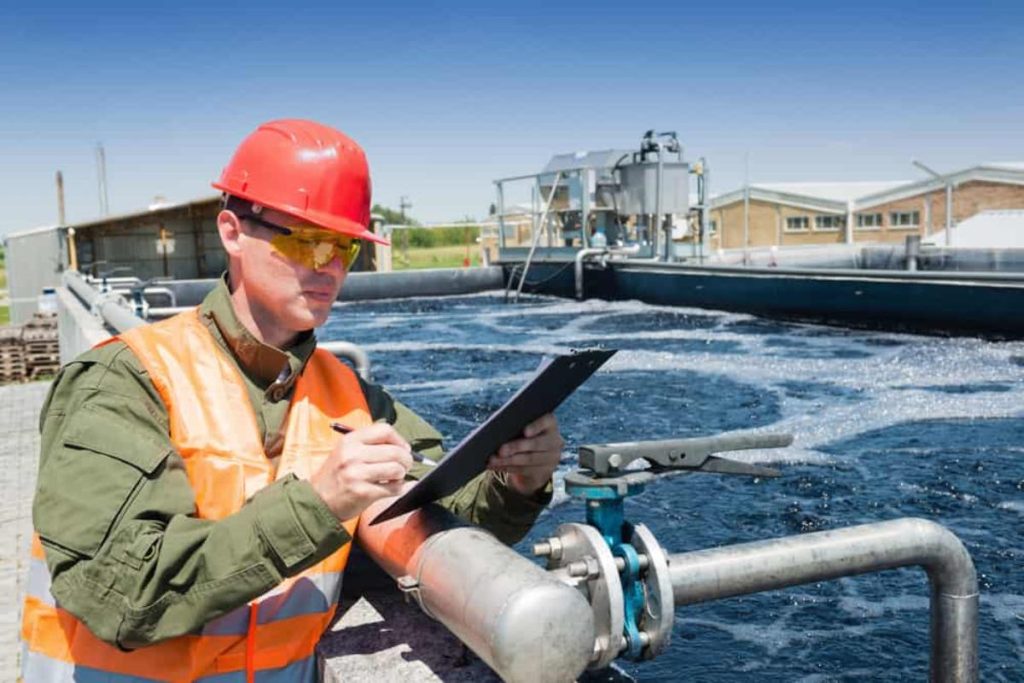The wastewater treatment plant cleans modern waste, sewage from streams and lakes, etc., for reusing purposes. In such lines, water is reused and put away. Indeed, such a flood treatment guarantees that any pollution will take out of the water, bringing about reusing. It is broadly utilized in businesses like drugs, materials, calfskin merchandise, and synthetics where it is plausible of over the top water contamination.
Nonetheless, how these medicines will be utilized may differ from one industry to another. Such a clinical office guarantees that wastewater and modern effluents are dealt with and reused before returning to the climate. With this treatment, individuals can get perfect water that is helpful for family errands.
What are the advantages of ETP?
ETP assumes a significant part in tidying up modern wastewater and homegrown waste. Pressed wastewater treatment plants help businesses little and huge by discarding waste created in their spaces. Any other way, it might be hard for them to treat tainted water appropriately. They may likewise require more space to clean filthy water.
Consequences for clean reusable water: ETPs created by any driving bundled ETP producer guarantee protected and clean water. Before this stunning clinical focus came, individuals didn’t realize that wastewater could reuse. The ETP treatment includes the disposal of poisons in water to create protected and clean water.
Sets aside cash: It additionally guarantees consistency with industry guidelines and guidelines.
Save the planet: ETPs eliminate hazardous synthetic substances from water to fix and prepare them for reuse. So when the new water arrives at the ground, it won’t have an enduring impact on the earth. ETPs are a delight to industry proprietors.
Save water: By utilizing ETP, you can save water. The plant reuses old wastewater and guarantees less water squandered, which is truly useful for the world.
Elements to think about when introducing Effluent Treatment Plant (ETP).
Any industry that needs to introduce Gushing Treatment Plant ETP should consider a couple of elements. For instance, data about production line wastewater is required, including amount and quality. The processing plant should take tests and break them down in a trustworthy lab to acquire this data.
Estimation Stream
There are a few unique strides in the colouring system, so the degree of wastewater and amount change after some time. ProLiant Treatment ETPs are typically intended to treat tainted water with steady or insignificant stream and quality variances within a brief distance.
The estimating tank defeats this by gathering and putting away waste, permitting it to blend and become standard before being unloaded into treatment units consistently. To decide the tank’s necessary limit to gauge the stream hour difference still up in the air.
Synthetic Unit Methods
Synthetic unit processes are frequently applied to actual work. They can likewise be utilized with organic treatment processes, even though it is feasible to have a physical plant without natural treatment. Synthetic cycles use the expansion of synthetics to wastewater to achieve changes in their quality.
PH control
The trash from the material business seldom has a nonpartisan pH. Specific cycles, for example, dynamic colour, require a lot of soluble bases, yet past medicines and separate showers can be acidic. It is essential to change the pH in the treatment framework to make the pH of the wastewater nonpartisan. That is particularly significant when utilizing organic medicines.
The microorganisms utilized in natural treatment require a pH scope of 6-8 and will be killed by defiled water that is profoundly acidic or soluble. Different synthetic compounds are utilized to control the pH. For acidic toxins, sodium hydroxide, calcium carbonate, and calcium hydroxide might be added to another thing.
Synthetic Coagulation and Flocculation
Coagulation is a perplexing interaction yet, as a rule, alludes to the aggregation of solid particles scattered in a fluid. Synthetic coagulants, for example, aluminium sulfate (alum) or ferric sulfate, might be added to the wastewater to work on the allure of fine particles to frame and shape bigger particles called flocs.

